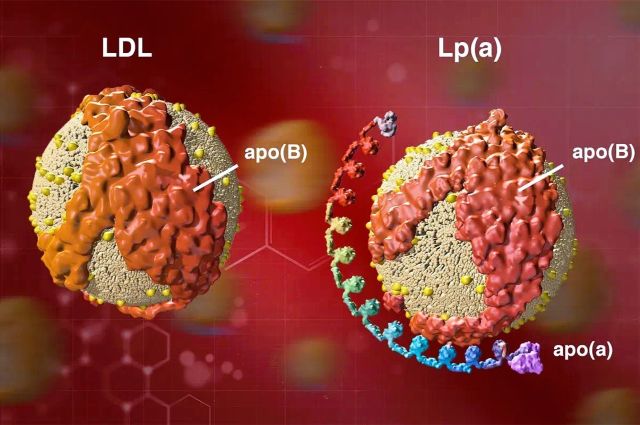When Your Body Works For Two: How To Prepare It Before Pregnancy, Part 2

Although the physiological changes of pregnancy develop simultaneously across many systems, different processes may dominate at different stages. In early pregnancy, hormonal shifts, restructuring of vascular tone, activation of the thyroid gland, and increased toxic load associated with the processing of a large volume of hormonal metabolites are more pronounced. In mid-pregnancy, the increasing metabolic load and the expansion of circulating blood volume come to the forefront. In late pregnancy, mechanical and compressive factors related to uterine growth become more prominent.









